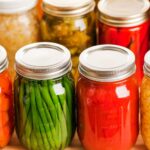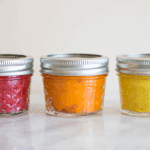Canning my own food has always felt like a rewarding and cost-effective way to preserve fresh produce. But over the years, I’ve learned that if you’re not careful, it can be risky. There are certain canning mistakes that can seriously jeopardize your health. Botulism, a deadly foodborne illness, is the biggest concern when it comes to improperly canned foods. I’ve made my fair share of canning errors, and let me tell you—it’s crucial to know what to watch out for. So, let’s dive into the most dangerous canning mistakes that could kill you, and how to avoid them.
Why Canning is Necessary?
Canning is a must for anyone who wants to preserve food for the long term. It allows you to stockpile seasonal produce and enjoy it year-round, even when it’s out of season. Here’s why I rely on it:
- Long-Term Storage: Canning keeps food fresh for months or years.
- Enjoy Seasonal Foods Year-Round: Enjoy summer tomatoes or berries in the winter.
- Reduces Food Waste: No more letting produce go to waste.
- Saves Money: Preserve food at a fraction of the cost of store-bought canned goods.
- Complete Control: Know exactly what’s in your food—no mystery ingredients.
- Shelf-Stable Meals: Ready-to-go meals without needing refrigeration.
Canning gives me the freedom to make the most of my harvest and enjoy homemade food anytime!
Common Canning Mistakes to Avoid: Learn from My Experience
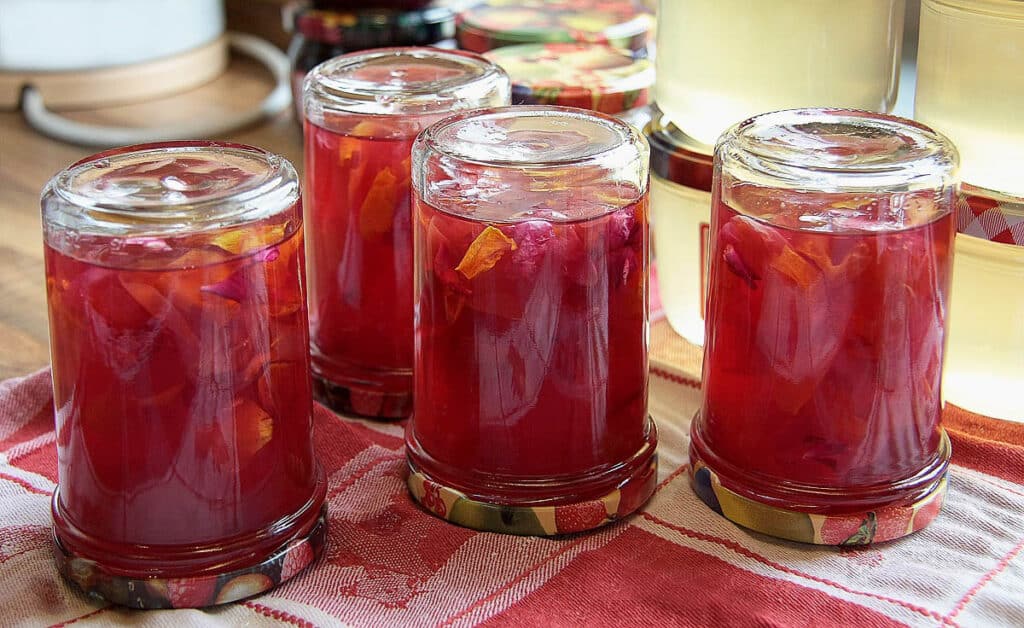
Credit: bramblewinecottage.com
Here’s a quick look at some of the most common canning mistakes I’ve made (and learned from) that you’ll want to avoid to keep your food safe and delicious!
Not Sterilizing Jars Properly
If you don’t sterilize your jars before canning, you’re setting yourself up for disaster. Bacteria can thrive in jars that haven’t been thoroughly cleaned. This opens the door to contamination, including dangerous pathogens like Clostridium botulinum—the bacteria responsible for botulism.
How to avoid it:
- For canning mistakes that can kill you, always sterilize your jars before use. It’s simple and effective.
- If you need a step-by-step guide, check out this jar preparation guide.
Using the Wrong Pressure for Canning Low-Acid Foods
Low-acid foods (think meats, vegetables, and poultry) need to be canned at a much higher pressure to ensure safety. Failing to use the right pressure can leave harmful bacteria in your jars, making the food unsafe to eat.
How to avoid it:
- Always use a pressure canner when canning low-acid foods.
- A pressure cooker or canner that’s designed for high-pressure cooking is crucial. If you’re unsure which pressure cooker is best for canning, check out this guide to the best pressure cookers for canning.
Not Following Canning Recipes Exactly
Canning isn’t the time to improvise. Even small changes to the recipe, such as reducing acidity or altering processing times, can result in unsafe canned food. Every recipe has been tested to ensure that the right balance of acid and pressure is achieved.
How to avoid it:
- Stick to tested, reliable canning recipes.
- Never reduce the vinegar or acid in canning recipes for pickles or other high-acid foods.
Ignoring the Signs of Botulism in Canned Food
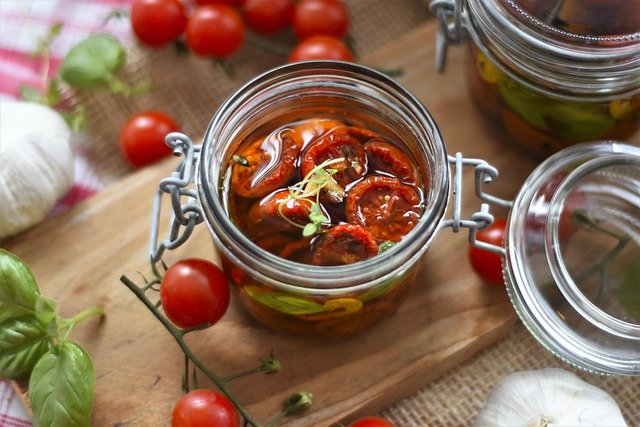
Credit: allenandallen.com
Botulism is a serious and potentially fatal illness caused by a toxin that grows in improperly canned food. The signs aren’t always visible, so it’s important to know what to look for. If your canned food looks or smells off, it could be contaminated.
How to avoid it:
- For canning mistakes that can kill you, check for bulging lids, foul odors, and leaking jars.
- If any of these signs appear, discard the food immediately. It’s not worth the risk!
Using Expired or Damaged Canning Supplies
Canning lids and seals have expiration dates. Using old or damaged lids will compromise the seal and can lead to contamination. Even slightly damaged equipment can let in bacteria, ruining your efforts.
How to avoid it:
- Always inspect your lids and seals before canning.
- Never use lids that are past their expiration date.
Improperly Cooling Canned Jars
After you’ve canned your food, it’s essential to let the jars cool properly. Don’t rush the process! If the jars cool too quickly or unevenly, it can cause the seals to fail. A broken seal means bacteria can get into your food.
How to avoid it:
- Allow jars to cool slowly at room temperature.
- Don’t touch or disturb the jars until they are fully cool.
Canning in a Damp or Humid Environment
Another one of the canning mistakes that can kill you. Canning is a meticulous process, and even small environmental factors can impact the outcome. High humidity or damp conditions can cause mold growth or make it harder for jars to seal correctly.
How to avoid it:
- Always can in a dry, well-ventilated area.
- Keep the humidity low to prevent issues with the sealing process.
Common Canning Mistakes to Avoid – A Recap
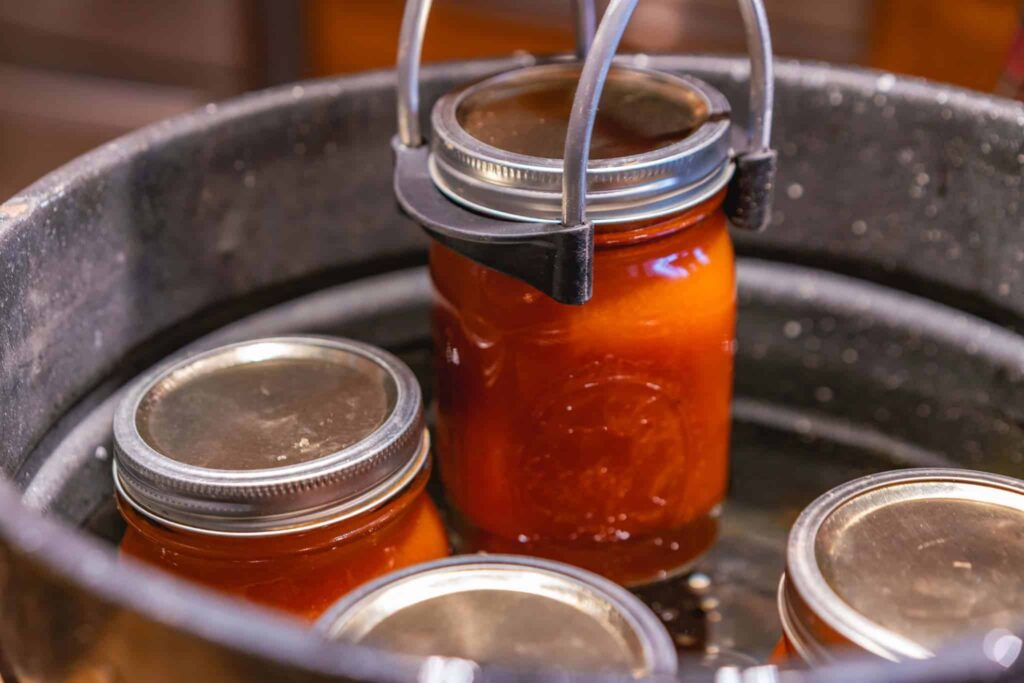
Credit: homesteadingfamily.com
Here are a few more tips to keep in mind to ensure your canning efforts are safe and successful:
- Don’t overfill your jars. Leave proper headspace to ensure the food can expand properly during processing.
- Never use metal lids that are damaged or rusty. Rust or damage can prevent a proper seal, leading to contamination.
- Ensure your food is heated to the proper temperature before sealing the jars. This ensures safety and reduces the risk of bacteria growth.
- Don’t store canned goods in hot or humid environments. Store them in a cool, dark place.
Final Thoughts
As we wrap up, canning is a wonderful way to preserve food and enjoy seasonal produce year-round. But don’t forget—canning mistakes can have serious health consequences, including the risk of botulism. By following proper canning techniques, sterilizing jars, using the right pressure for low-acid foods, and always checking your supplies, you can make your home canning adventures both delicious and safe.
Stay safe, can responsibly, and enjoy your homemade preserves!
FAQ’s
Here are some frequently asked questions that come up around canning and the safety of canned food:
How long is soup good for in the fridge?
Typically, homemade soup will last 3-4 days in the fridge. However, it’s important to check for signs of spoilage like off smells or mold.
Is canned food bad for you?
Canned food is generally safe when properly processed. However, some concerns exist over BPA in cans and the sodium content in some canned goods. Always check labels!
Does canned chicken go bad?
Yes, canned chicken can go bad. It can last for several years if sealed properly, but after the expiration date, there’s a higher chance of spoilage.
What are the signs of botulism in canned food?
Symptoms include dizziness, blurred vision, difficulty swallowing, and muscle weakness. If you notice bulging lids, foul odors, or leaks, it’s time to discard the food.
Is it okay to eat expired canned food?
It’s generally not safe to eat expired canned food. Even if it looks okay on the outside, the contents could still be unsafe. Always inspect for signs of damage or spoilage before eating.



